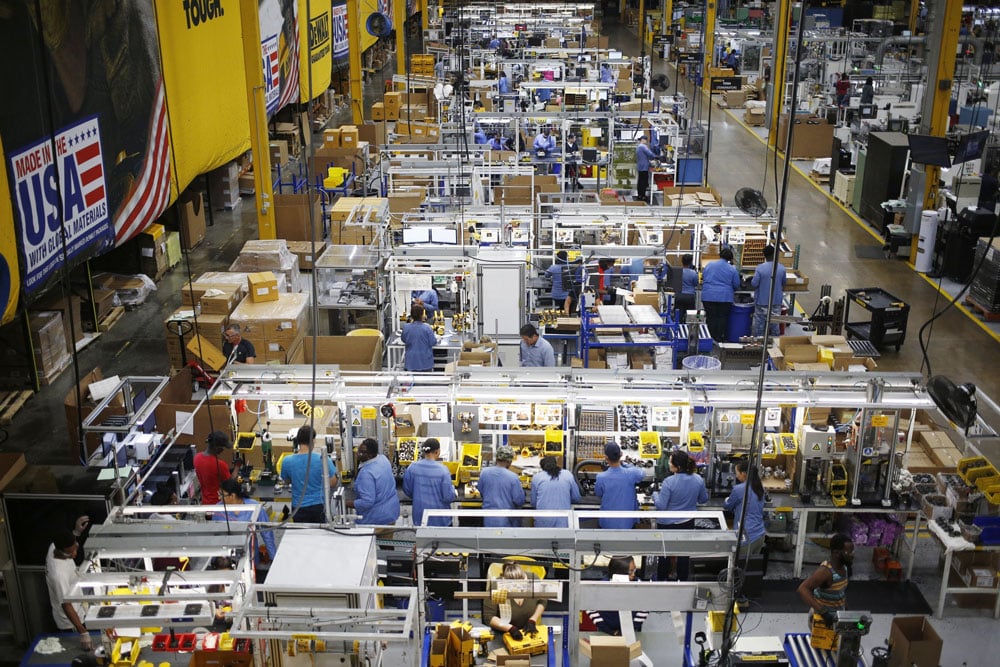The labor struggle is real.
A recent article by Business Insider quoted a former Amazon manager who oversaw human-resources efforts for warehouse workers, comparing the worker churn at Amazon warehouses to the use of fossil fuels. “We keep using them, even though we know we’re slowly cooking ourselves.”
Ouch. If one of the largest warehouse companies in the U.S. sees the writing on the wall that worker burnout and churn are out of control, it’s time to step away from the stove and re-think how we manage our workforce.
This segment from Shift Talk with MyWorkChoice President Todd Warner discusses how warehouses, distribution centers, and industrial companies can solve rampant worker burnout and churn.
Retain Your Workforce by Minimizing Worker Burnout & Churn
The latest Bureau of Labor Statistics put annual warehouse turnover rates at 43%. That’s costing warehousing businesses at least $365,000 every year. Not retaining workers comes at a high price.
How can warehouse human resources and operations professionals keep workers in the building? First, give them what they’re already asking for – flexibility to choose their work schedule. Instead of fighting upstream and requiring a strict work week with production numbers – offer workers a flexible work week with production numbers.
Flexible Workers Stay Longer
A flex worker who has the choice to pick up their shifts and the number of hours they want to work every week – though it may be less than 40 – can keep high production going. Why? Because they appreciate their job opportunity, enjoy the flexibility, and will produce to keep that opportunity.
In fact, MyWorkChoice flex workers’ average tenure is 48 weeks – almost 11 months – which is significantly higher compared to most temporary traditional staffing agencies. And remember, this is with some assignments that only last six months factored in. Clearly, this is not a day labor workforce.
Flexibility Includes Letting Workers Take Time Off
Flexibility also includes letting workers take time off. Worker burnout is primarily attributed to the constant grind of 12-hour shifts, mandatory overtime, and attendance policies so restricting it leaves no room for when life happens, like taking a sick kid to the doctor.
However, attendance policies have their place, not at the expense of churning high-producing workers. Keep the worker. Keep training costs down. Flexible staffing models give workers permission and the choice of when and how often to take time off.
Flexibility is the Key to Managing a Sustainable Workforce
Flexibility is the key to retaining workers because it extends the shelf life of the worker. Once these critical changes are made to hiring and onboarding practices, warehouse and distribution centers will keep more workers, keep overall training costs down and keep workers in the building.
Fighting upstream and forcing workers to stick to a 40-50 hour work week schedule, 12-hour shifts, and mandatory overtime will eventually lead to burnout, termination, and attrition. It’s simply not a sustainable model to manage a workforce.
Fully managed workforce solutions like MyWorkChoice make it feasible for complex operations to bring flexibility to their site and experience the benefits of a more satisfied and reliable long-term workforce.





